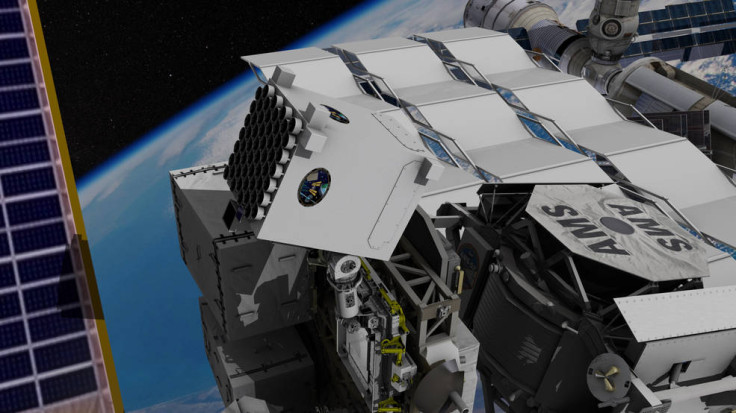Nasa creates amazing new navigation technique that could herald new era in space exploration
The technology works in much the same way as Global Positioning Systems on Earth, albeit on a cosmic scale.

Before the advent of modern navigation systems, sailors used a device known as a sextant to measure the angle between astronomical objects and the horizon to determine their location.
Taking inspiration from this idea, Nasa has now unveiled an advanced navigation technique that could one day power spacecraft far beyond our own solar system, heralding a new era of deep-space exploration.
The new system is called Sextant, which stands for Station Explorer for X-ray Timing and Navigation Technology. It uses X-rays to accurately determine the location of an object in space, in a similar way to how Global Positioning Systems work on Earth.
"This demonstration is a breakthrough for future deep space exploration," said Jason Mitchell, Sextant Project Manager from NASA's Goddard Space Flight Center. "As the first to demonstrate X-ray navigation fully autonomously and in real-time in space, we are now leading the way."
Sextant uses pulsars to navigate, which are rapidly spinning, highly magnetised neutron stars – the incredibly dense, collapsed cores of larger stars.
Pulsars emit huge beams of radiation – including large amounts of X-rays – from either side as they spin. The spin of these beams, which resembles the light emitted by a lighthouse, is incredibly regular.
The fact that the pulsars are in a fixed location and the radiation beams spin so regularly led Nasa researchers to come up with the idea for Sextant, which harnesses X-ray detecting instruments to hone in on various pulsars to determine the location of a spacecraft.
This mimics the techniques used in GPS systems. These take at least three different readings from satellites equipped with atomic clocks to calculate locations on Earth by comparing the time delay between each,
For a test demonstration, Nasa used Sextant to accurately calculate within eight hours the position of an instrument aboard the International Space Station called NICER, which is designed to make high-precision measurements of neutron stars.
"This was much faster than the two weeks we allotted for the experiment," said Luke Winternitz, Sextant system architect. "We had indications that our system would work, but the weekend experiment finally demonstrated the system's ability to work autonomously."
While a practical deep space navigation system will not be ready for a few more years to come, researchers say the concept behind Sextant has been proven, meaning it may well be used on planned future Nasa missions to Mars and beyond.
For now, the researchers will refine their technology and techniques with another test, planned for later this year.





















